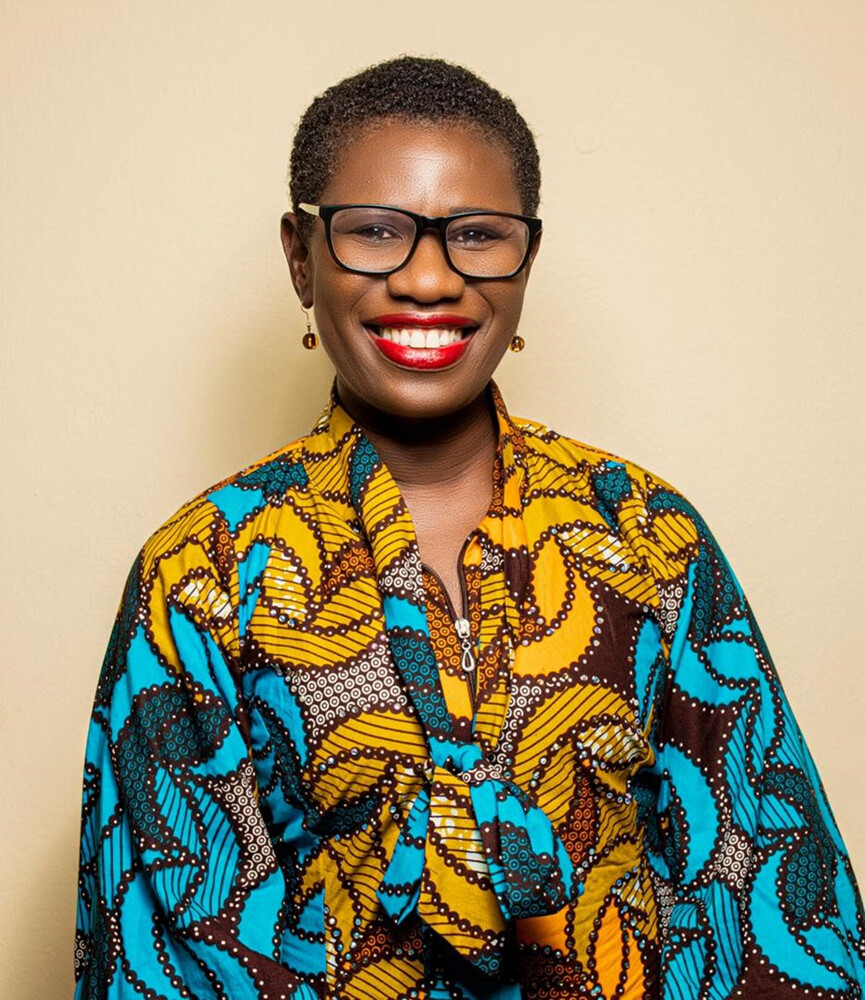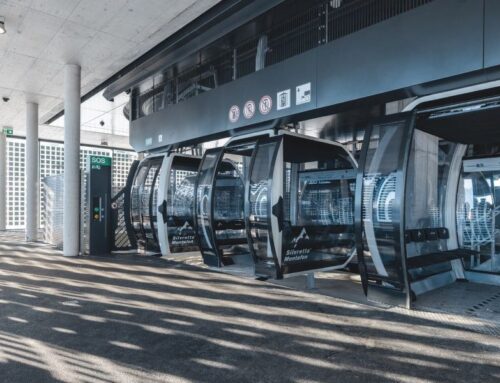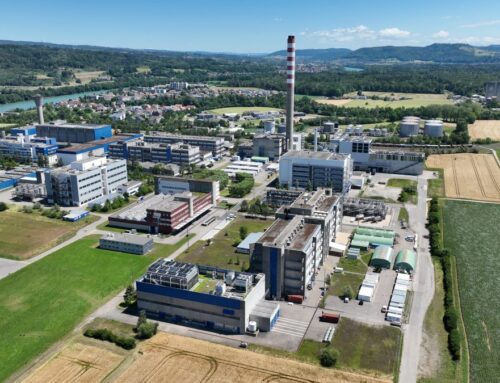
Cities, SI Urban 3/2024
“Cable cars are the solution for our world”
SI Urban: You spoke as a speaker at the Cable Car World Congress Expo. Why are urban cable cars such a priority for you?
Yvonne Aki-Sawyerr (OBE): Cities in general, and Freetown specifically, face major challenges. Urban population growth is steady, causing traffic issues with negative ecological, economic, and social consequences. Add to that the battle against climate change. Cable cars glide affordably, quietly, and cleanly above the traffic chaos, making them the right mode of transport for many cities, people, and countries. In short, cable cars are the solution for our world!
How is the situation in Freetown?
Currently, 1.3 million people live between the Atlantic Ocean and the mountains; by 2028, it will be two million. Population density is extremely high at 8,450 people per square kilometer. There is immense pressure on infrastructure in challenging topographical terrain, which is rapidly increasing.
Forty-five percent of residents live in informal settlements. There are no conventional public transport options; few can afford cars. Thirty-seven percent of the population is considered poor.
How did you come to believe that a cable car could help?
A resident of the city presented the cable car to me as a viable solution to address the city’s transport problems. This coincided with a chance meeting between the former Mayor of Medellín, Columbia, and myself at the global parliament of mayors meeting in 2019, where the cable car was presented.
The city’s team of transport planning experts then undertook a more detailed prefeasibility study of the suitability of the cable car project for Freetown with specialist technical support from the cable car manufacturing company, DOPPELMAYR.
With assistance from UrbanShift and C40, a study tour comprising of government and city officials was organised to see the cable car network in Medellín, Colombia. The team was impressed by how the transport system improved residents‘ quality of life and were keen to see a similar system implemented in Freetown.
This increased the support for the project across government departments because a cable car as a mass transit system will give a significant boast to the entire country and a model for other African cities with similar transport problems and topography to Freetown. The cable car would not only improve mobility but also the daily lives of many of the city’s residents.
Concept:
Three cable car lines are planned to be established in Freetown, the capital of Sierra Leone.

What specific plans are you making?
We are planning three cable car routes: the red “East Route“ with five stations across the city center, connecting the two ferry terminals.
The blue “Mountain Route“ with five stations, linking to the red line at an intermediate station and serving marginalized neighborhoods in the mountains.
And the green “Western Route,“ starting at the central bus terminal like the red line, sharing an intermediate station with the blue line, and passing through neighborhoods of varying socio-economic backgrounds in the west.
These three routes would connect all major neighborhoods and cover a large catchment area.
Which line will be implemented first?
Priority is given to the red line, where traffic has grown between eight and 15 percent annually over the past five years! The “East Route“ is the central axis through the Central Business District. It will also facilitate transfers to the new bus service. Pick-ups will handle passengers‘ “last mile“ journeys. Ideally, the cable car will start operating in 2027.
First-hand information:
Yvonne Aki-Sawyerr spoke with SI Chief Editor Thomas Surrer in the interview gondola at the Cable Car World Congress Expo, discussing, among other topics, the cable car plans in her city.

What wishes will the first cable car line fulfill?
Firstly, with a capacity of around 3,000 passengers per hour per direction, it will serve as a daily mode of transport for many people, reducing travel time by half. Stations will become major mobility hubs, accommodating 60,000 to 90,000 passengers per day. This will significantly boost the local economy and enhance neighborhoods.
Secondly, the cable car will boost tourism by providing access to historical sites such as Africa‘s oldest university, and a popular stadium.
Thirdly, cabins will also be designed for transporting goods. Market women will quickly and safely commute to and from work via the cable car.
Fourthly, the cable car will replace polluting vehicles, improving air quality and benefiting residents‘ health.
How does the population feel about the project?
Ninety-two percent of local population surveyed across all social strata agree that Freetown needs a cable car. Thirtyfour percent would use it daily, 33 percent several times a week, and 16 percent several times a month. Models for choosing transport methods predict a shift of 31 percent from existing modes and a willingness to pay higher fares for good service on the cable car.
The potential demand for the cable car along the corridor was estimated at 90,000 passenger movements day in 2023 (year of survey) and is projected to be 125,000 by 2033. City-wide, we anticipated 457,000 passenger movements in 2023 and is forecast to rise to 700,000 by 2033.
How will the cable car plans be financed?
The feasibility study shows that the cable car is economically profitable, even with ticket prices affordable for the poor. Therefore, we are confident of attracting investors. As a green transport solution, we also expect support from various climate funds. The stations will be functional to keep construction costs low.
Interview: Thomas Surrer








